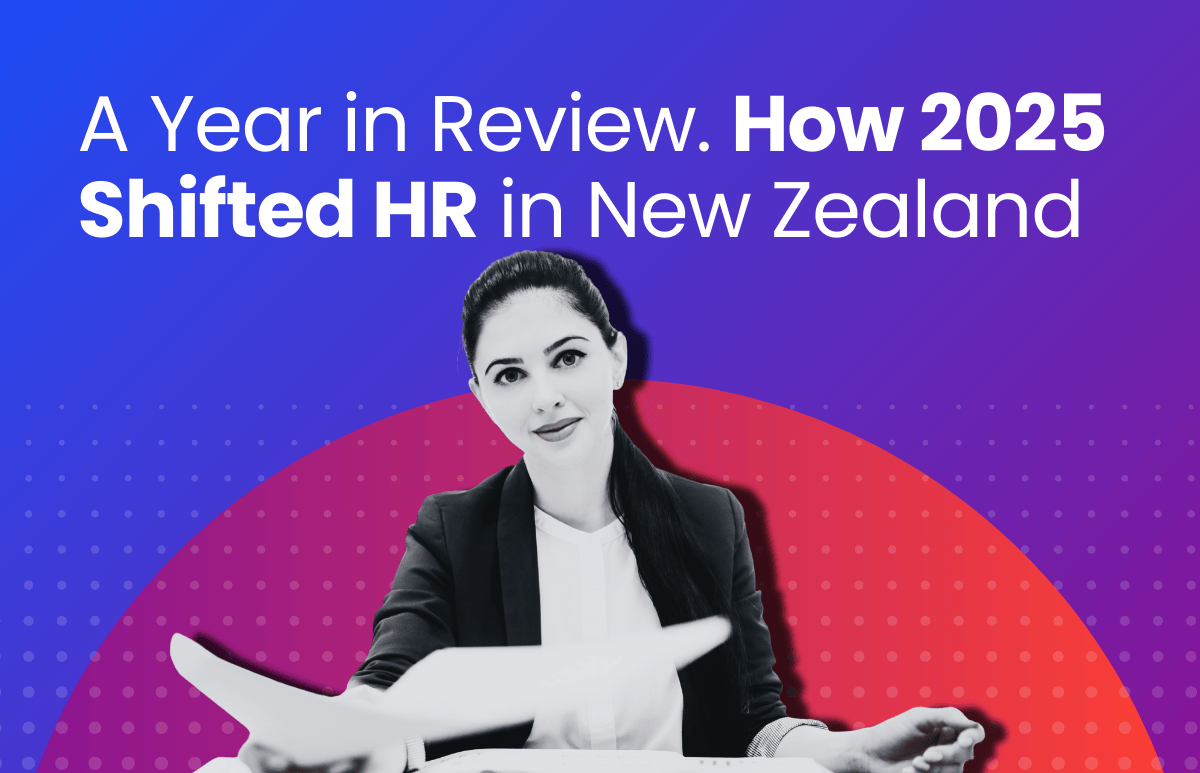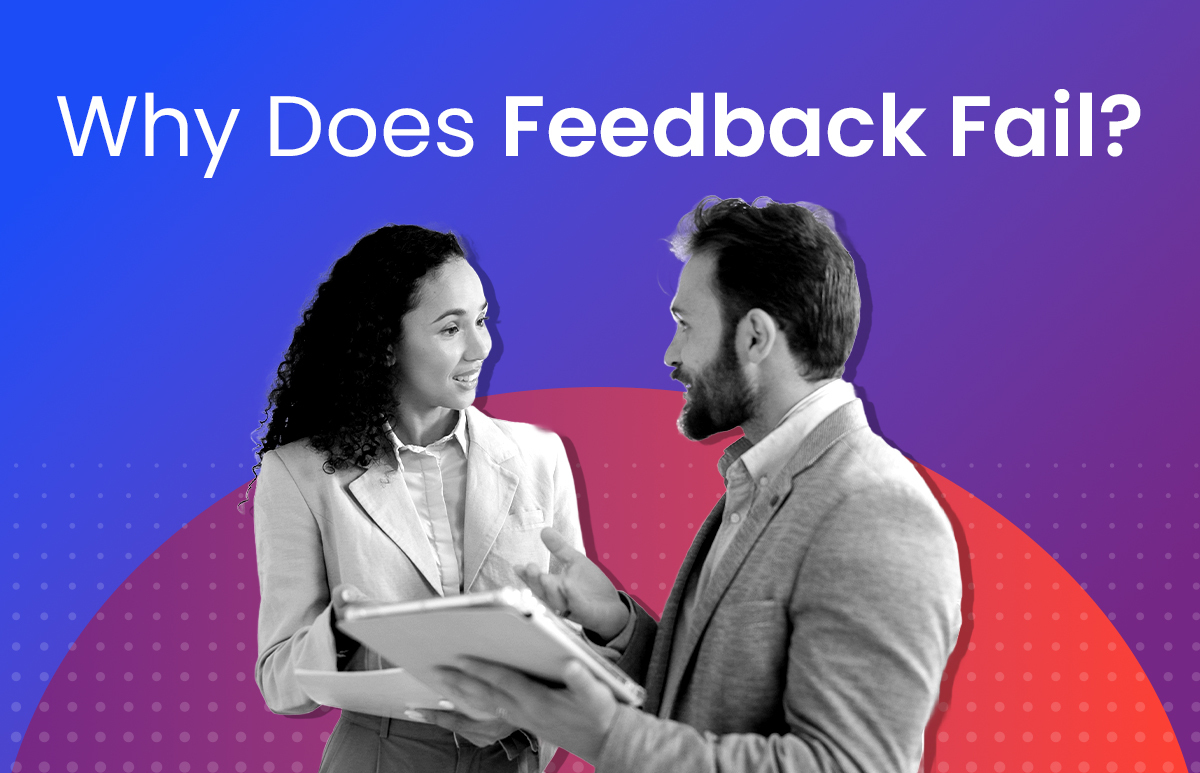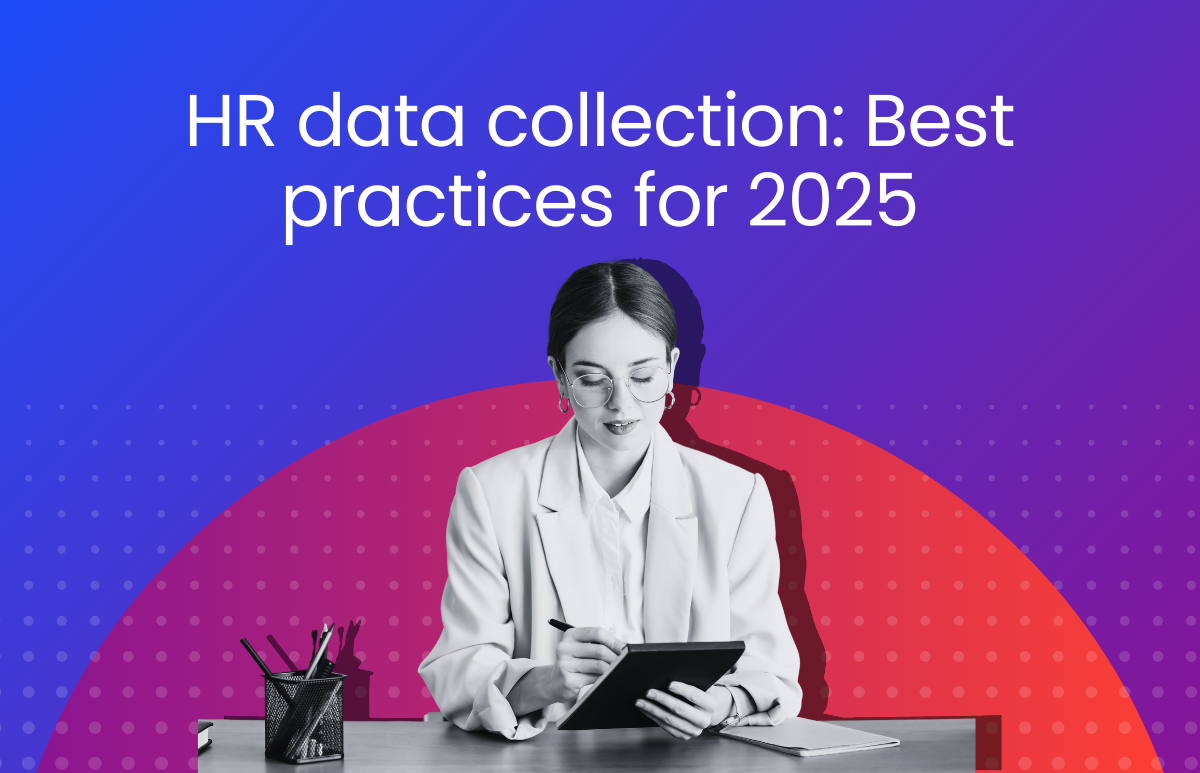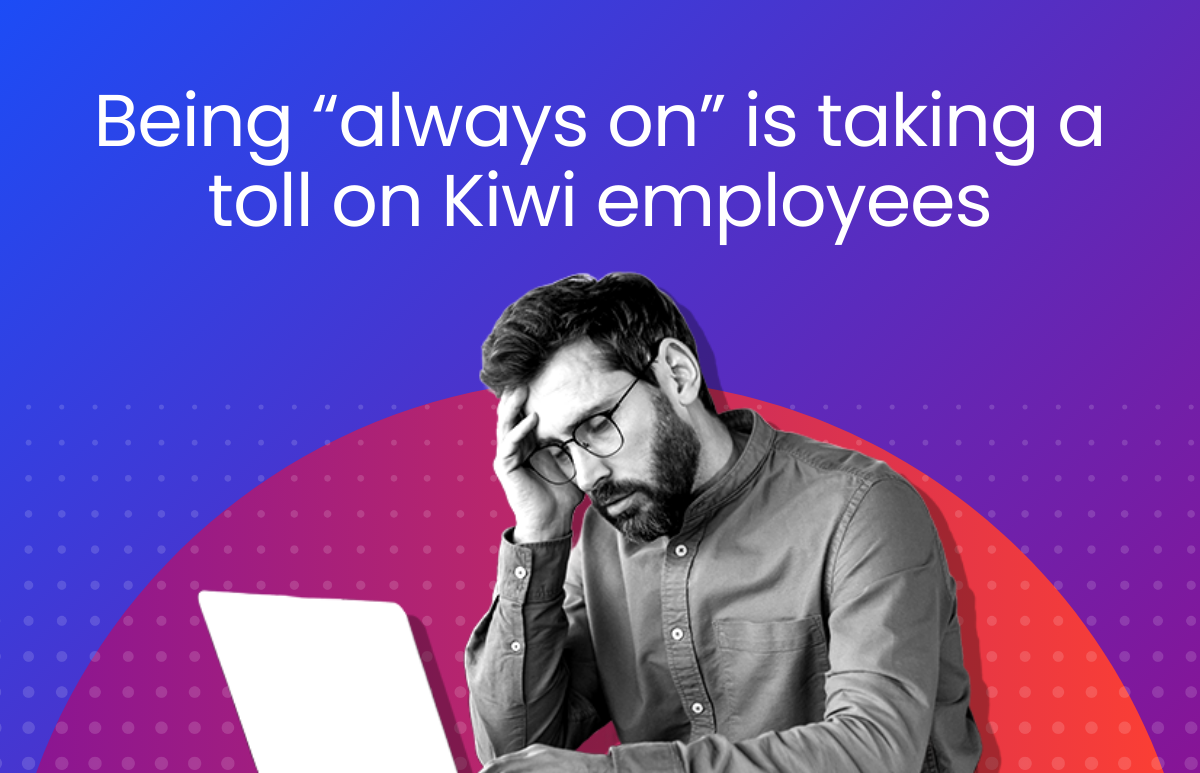Compensation Decisions: The Power of HR Analytics

Finding top talent is increasingly difficult in todays landscape, and missing out could hurt your business. Today’s job market is a whirlwind of shifting priorities, evolving skill sets, and ever-increasing employee expectations. In this dynamic landscape, attracting and retaining top talent hinges on one crucial aspect: compensation. But striking the right balance between fairness, competition, and responsible resource allocation can feel like walking a tightrope.
How to balance attracting top talent with fairness and budget constraints? Intuition lays the foundation, but logic builds the house. In this ever-changing environment, relying solely on subjective judgment risks unfairness, discontent, and ultimately, high employee turnover.
Enter the power of HR analytics. This isn’t about replacing the human touch in compensation decisions; it’s about empowering it. Data makes it easier to be fair to your employees, win in the market, and do what’s best for your company.
The problem with intuition-based decisions
Don’t just trust your gut for important decisions take your time and think it through. Here’s why:
1. The blind spot of bias
Our unconscious biases can creep into compensation decisions, leading to imbalance based on factors like gender, race, or age. Without data to illuminate these biases, we risk maintaining unfair practices and fostering resentment within the workforce.
2. The disagreement trap
Intuition is subjective and varies from person to person. Giving people free rein on pay creates unfair differences for similar jobs, making employees feel upset and not motivated.
3. The unease domino
Unfair compensation triggers a chain reaction: low morale, less effort, and high turnover. This can have a significant impact on your bottom line.
4. The legal tightrope
In today’s regulatory environment, non-data-driven compensation decisions can leave your organisation vulnerable to legal challenges. Pay gaps based on protected characteristics can lead to costly lawsuits and damage your reputation.
While intuition can play a role in the human side of compensation, it shouldn’t be the sole driver. Use data to avoid problems and make good choices that are fair, competitive, and legal.
How HR analytics can help
HR uses data about employees to make better decisions about pay and wages, leading to powerful strategies that benefit everyone. Let’s see how:
1. Market data research
Ditch the guesswork and set pay based on objective data. People analytics allows you to benchmark salaries against industry standards and competitor offerings, ensuring your packages are attractive and competitive within your talent pool. Imagine knowing exactly what your top competitors are paying for similar roles – invaluable information for attracting and retaining talent.
2. Performance metrics
Move beyond a one-size-fits-all approach and reward high performers accordingly. Performance metrics, such as individual achievement, team contributions, and key performance indicators (KPIs), can be seamlessly integrated into compensation decisions. This creates a direct link between performance and reward, motivating employees to strive for excellence and boosting overall productivity.
3. Internal equity audit
Shine a light on potential biases and ensure internal fairness. Workforce analytics helps identify and address pay disparities within your organisation based on factors like gender, race, or age. Data helps create a fair, open, and positive work environment where everyone feels valued.
4. Predictive modeling
Forget reactive adjustments and become proactive in compensation planning. Predictive modelling, a powerful analytical tool, uses historical data and market trends to forecast future compensation needs. This allows you to anticipate and budget for potential salary increases, talent fluctuations, and other emerging scenarios, keeping your compensation strategy agile and competitive.
5. Employee engagement & retention research
Understand the real drivers of employee satisfaction and tailor compensation accordingly. Looking at how happy and how long employees stay, plus how much they’re paid, can help you find ways to make them happier and less likely to leave. Imagine knowing which specific compensation elements contribute most to employee satisfaction – a potent tool for crafting targeted strategies and maximising your return on investment.
How HR analytics pays off with powerful benefits
Let’s explore some of the key benefits of embracing data-driven compensation decisions:
Fairness & transparency shine through
Say goodbye to opaque decision-making and hello to clear reason. Data-driven compensation ensures pay decisions are based on objective metrics, not personal biases or subjective judgments. Being honest with employees helps them feel like part of the team and makes work more enjoyable.
Skill and effectiveness get a data edge
Attracting and retaining top talent hinges on offering competitive compensation packages. Check out salaries in your industry and what rivals offer. This will help you pay fairly and attract top talent who’ll stay happy.
Cost optimisation: From black hole to budget ally
Analyse your data to see how compensation resources are distributed. You can identify areas where adjustments can be made to optimise costs without compromising fairness or competence. Think of it as plugging financial leaks and ensuring your compensation strategy delivers maximum value.
Employee satisfaction sings a data-driven tune
Feeling valued and fairly compensated is a key driver of employee satisfaction and motivation. Fair pay based on performance makes people happy and work harder, creating a better workplace for everyone. Data helps you identify and address potential frustration points, building a happier and more dedicated workforce.
Legal worries fade with data at your side
Navigating the legal landscape of compensation can be tricky. Using data for pay decisions helps avoid legal trouble by showing fairness and evidence behind your choices. Think of it as building a legal shield with data-driven insights.
Putting human resource analytics into practice for compensation decisions
Here’s how you can harness talent analytics and transform your compensation strategy:
Data delving: Identify the right information
This journey starts with understanding your data landscape. Identify key data sources like job descriptions, performance reviews, salary history, industry benchmarks, and employee engagement surveys. Define the specific metrics you’ll use to analyse pay fairness, performance linkage, and market competition.
Future trends: Invest in the right tools
You wouldn’t build a house without tools, and analysing HR metrics is no different. Invest in user-friendly software or platforms specialised in HR analytics. These tools help you collect, clean, analyse, and visualise data, and gain insights easily accessible.
HR software: HR software provides the essential data bedrock for your compensation research. Store employee information, performance reviews, and payroll data – the raw material for uncovering valuable insights.
HR analytics platforms: Take your data research a step further with dedicated HR analytics platforms. These tools act as your data detectives, uncovering hidden patterns, trends, and correlations within your HR data. They turn confusing data into clear plans. They tell you where pay differences exist, how well pay reflects performance, and what you’ll need to pay in the future.
Remuneration software: Focused solely on compensation management, these tools handle the heavy lifting of complex calculations and processes. Imagine streamlining bonus payouts, automating salary adjustments, and creating custom reward programs – all while ensuring compliance with legal regulations. These specialised solutions handle the working aspects of compensation, freeing up your team to focus on strategic decision-making.
Building the Data Dream Team
Data insight expertise is crucial for navigating the world of HR analytics. Choose between building an internal team or hiring outside help to understand HR data and turn it into action.
Communication is key: Sharing the data story
Data without clear communication is just numbers on a page. Effectively communicate your findings and recommendations to key stakeholders, including executives, HR professionals, and managers. Make your pay plan easy to understand with simple words, pictures, and real-life examples.
Continuous improvement: The journey never ends
The beauty of data is its dynamic nature. Evolve your compensation strategy to stay ahead. Set up a system to regularly check your data, see what works, and keep improving. Think of it as a data-driven feedback loop that fuels continual optimisation.
Key takeaways
Let’s recap the key takeaways from this data-driven journey:
- Gut feeling can lead us astray: Intuition has its place, but in compensation decisions, data reigns supreme. It ensures fairness, competence, and legal compliance while minimising risk and optimising resources.
- HR analytics is your secret weapon: Use data to ditch unfairness and score fair pay for you and your crew.
- Data-driven decisions pay off: Smart pay attracts, motivates, and keeps great people. It fosters a culture of fairness, optimises costs, and ultimately, fuels organisational success.
Ready to unlock the power of data in your compensation strategy?
 HR Core
HR Core 













